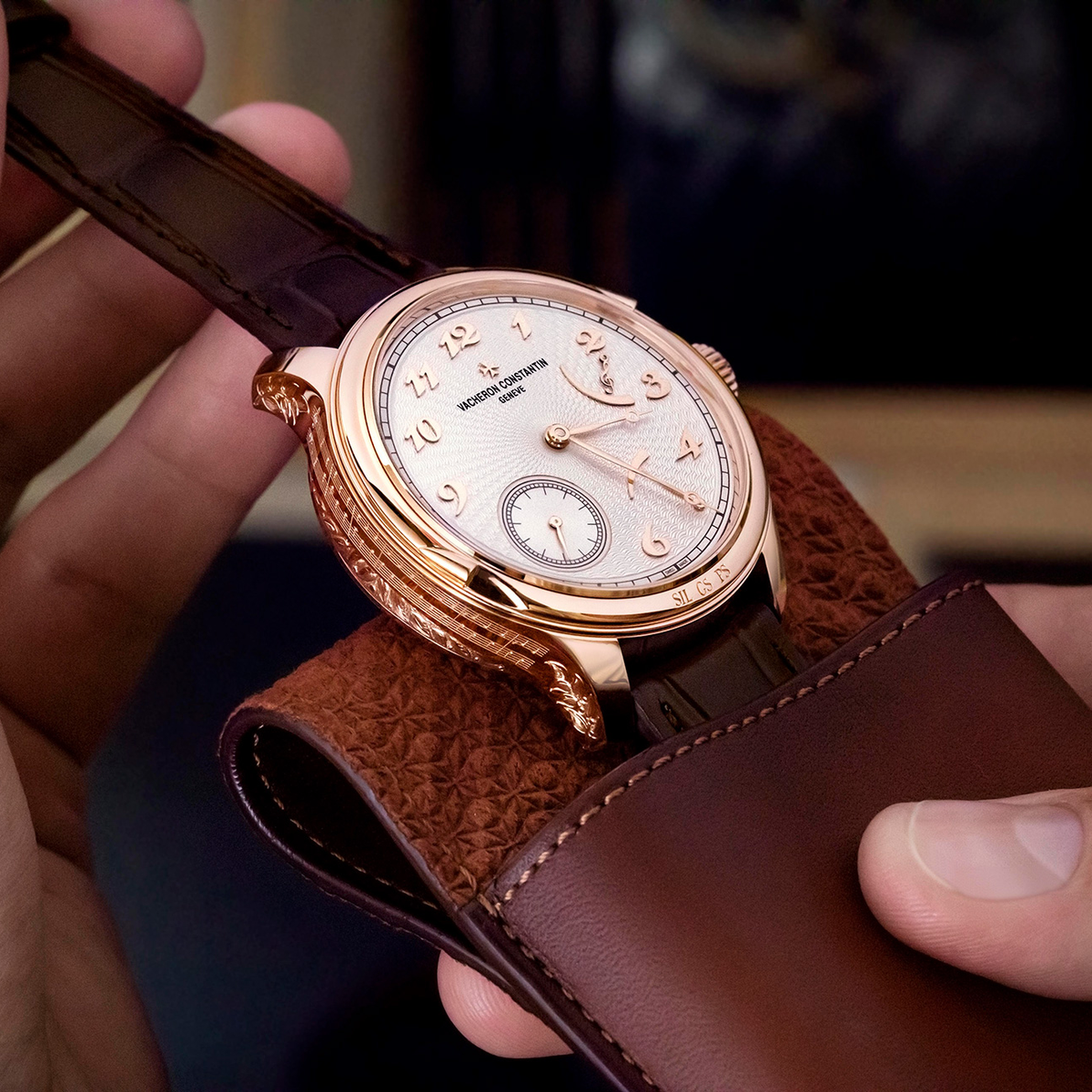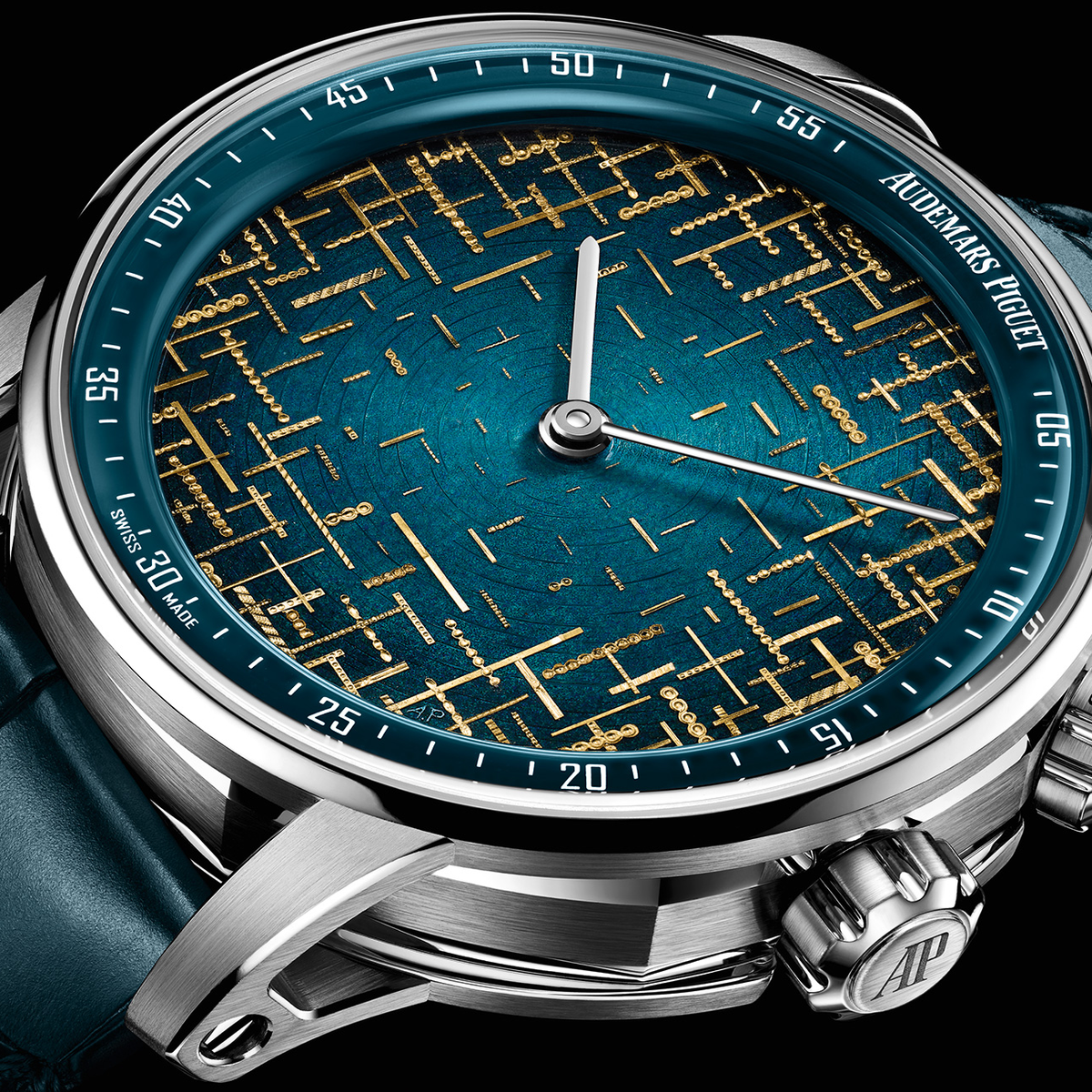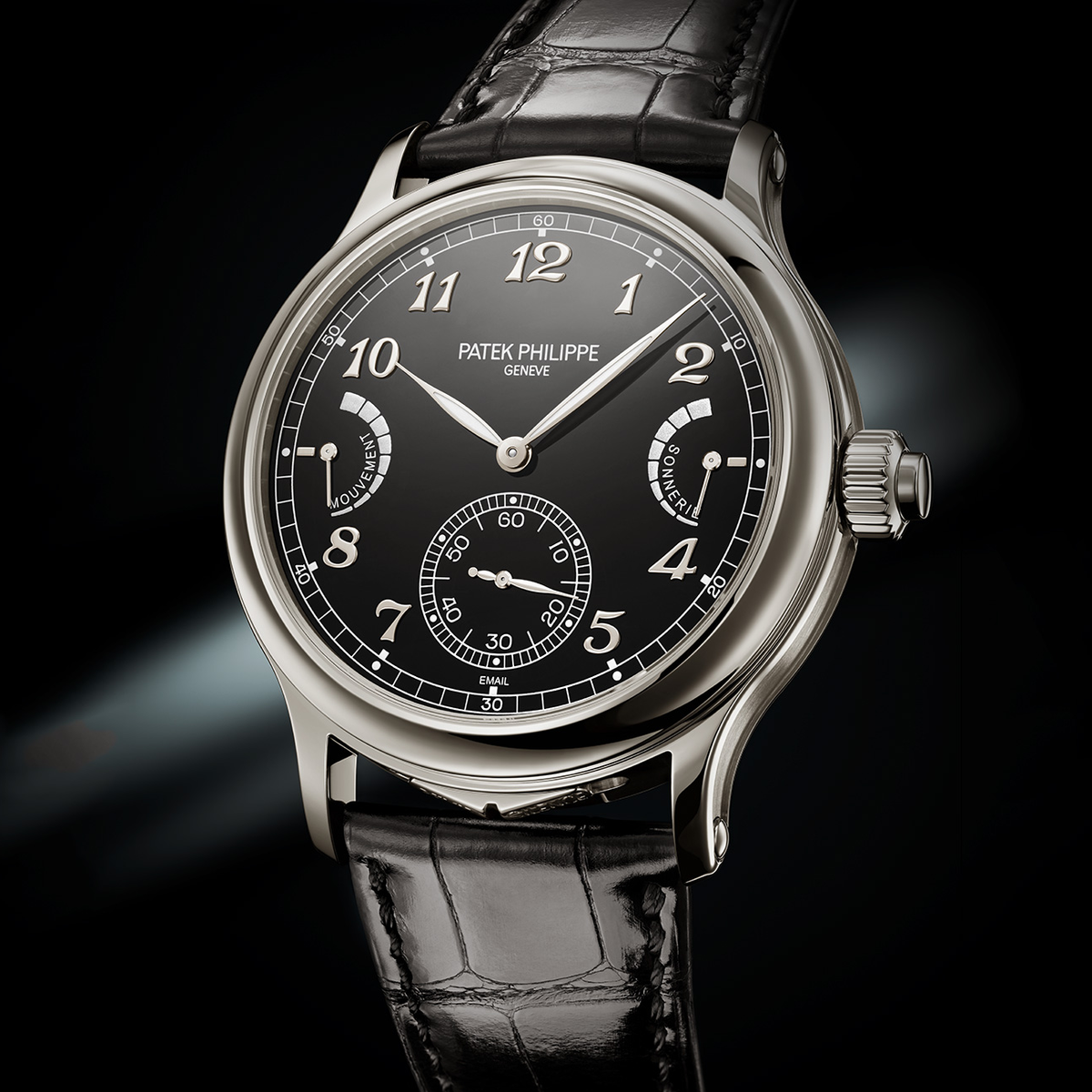A year of Grande Sonneries. A year of Grande Sonneries. A year of Grande Sonneries. A year of Grande Sonneries. A year of Grande Sonneries
A year of Grande Sonneries. A year of Grande Sonneries. A year of Grande Sonneries. A year of Grande Sonneries
02 December 2020
A year of Grande Sonneries
Patek Philippe is the latest of the Manufactures to present a Grand Sonnerie this year, joining Vacheron Constantin and Audemars Piguet. Given the intricacy of this melodious complication, three such launches constitute an exceptional event.
Why is this particular complication so rare in wristwatch form? The answer lies not with watchmakers' ability to indicate the time by means of chimes – a technique they have long mastered – but with the difficulty of miniaturising a mechanism that strikes the hours and quarters on passing, with (grande sonnerie) or without (petite sonnerie) a repeat of the hour at each quarter, and usually complemented by a minute repeater. Before hands were invented, tower clocks sounded the hour with a peal of bells. Domestic-sized, weight-driven clocks with dial and hands brought the music of time into the home. The invention of the balance spring made time transportable, and a pocket watch capable of chiming the hour was a useful luxury in the absence of adequate lighting. From the early nineteenth century, the most sophisticated examples incorporated a grande or petite sonnerie. Yet it would be another two hundred years almost before grande sonnerie mechanisms were made small enough to fit the wrist.
First Philippe Dufour
In the 1980s, Philippe Dufour was commissioned by Audemars Piguet to make five Grande Sonnerie movements, thus reviving interest in the complication but sill in pocket watch form. Dufour returned to the workbench and in 1992 revealed the first ever wristwatch to incorporate a grande sonnerie and a minute repeater: an extraordinary achievement and the first watch presented under his own name. Others, well versed in grand complications, have since followed suit, though so few we could count them on two hands.
Why this is becomes clear when considering the demands a grande sonnerie makes. As Vacheron Constantin reminds us, the simple fact of integrating a grande sonnerie into a movement raises numerous difficulties, not least the need to ensure it can be safely operated, as any interference between functions could damage the calibre. It must be supplied with sufficient power – a grande sonnerie sounds 96 times every 24 hours for a total of 912 hammer strikes – but not to the detriment of other functions. Lastly, it takes immense technical expertise but also a musical ear to ensure that each sequence is pleasing to hear as well as clearly audible.
That three Manufactures have in recent months unveiled their interpretation of this complication is therefore all the more exceptional. First is Vacheron Constantin with its Les Cabinotiers Symphonia Grande Sonnerie – The Sixth Symphony. The Geneva firm already presented a Cabinotiers watch in 2017, fitted with the same 1860 calibre – ten years in development - whose 727 components take 500 hours to assemble. This latest execution is stunningly engraved around the caseband with a bas-relief depicting fragments of the score for Beethoven's Symphony N° 6 (the Pastoral Symphony) against a background of olive leaves. So as to immortalise what is already a one-off piece, Vacheron Constantin commissioned its partner, Abbey Road Studios, to record a certified sound print of the chimes.
Slightly more ambitious, Audemars Piguet proposes a five-piece limited edition of the Grande Sonnerie Carillon Supersonnerie, introduced into the Code 11.59 collection that debuted in 2019. It too is remarkable for its use of the métiers d'art and for its mechanism (the movement is the 2956 calibre with 489 components). The decoration of the dial is the work of world-renowned enamellist Anita Porchet. On three of these enamelled dials, Ms Porchet has created a design from antique gold spangles or paillons that are over a century old. The remaining two will be personalised by Ms Porchet to the customer's wishes. Supersonnerie technology, which first appeared in 2015, is the result of eight years of research in collaboration with the Swiss Federal Institute of Technology (EPFL) in Lausanne. The strength and quality of the sound and the harmonic tone are down to the three patented gongs and a patented case construction. Rather than attach the gongs to the movement plate or case, they are attached to a resonating membrane from which the sound then propagates. This innovative Supersonnerie technology also allows for a sharper tempo.
At Patek Philippe, the recently released Grande Sonnerie Ref. 6301P is neither a limited edition nor a unique piece; instead it joins the Manufacture's regular collection. The new 703-component movement derives from the 300 calibre that equips the Patek Philippe Grandmaster Chime Ref. 6300 and is distinguished by three classic gongs and patented jumping seconds. Two pairs of series-mounted barrels provide 24 hours of power reserve for the chiming mechanism and 72 hours for the movement, both indicated on the dial. This is the first wristwatch from Patek Philippe to offer a grand sonnerie, “the grail of watchmaking complications”, in its purest form, together with a petite sonnerie and a minute repeater. It is, as Patek Phillipe rightly observes, an event eagerly awaited by connoisseurs.


